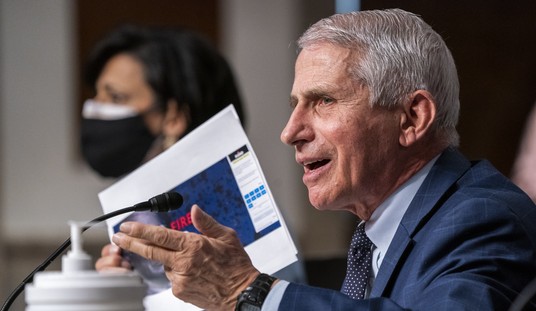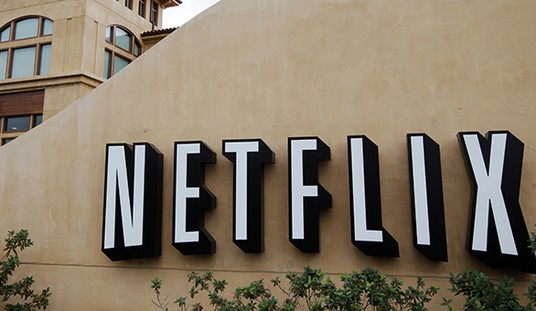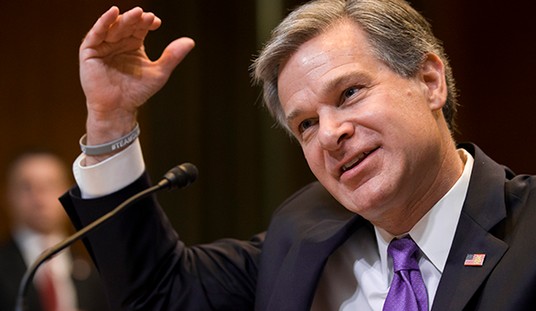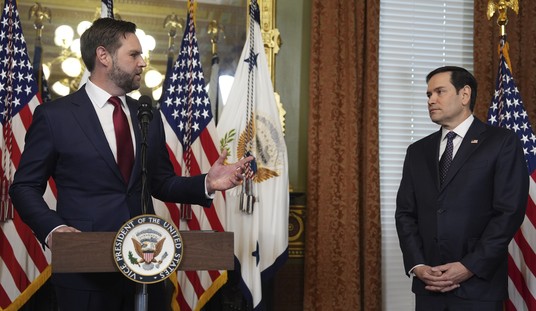Seems that Washington DC isn’t the only place that’s learned the art of the Friday afternoon news dump. Minnesota Commerce Commissioner Mike Rothman announced yesterday afternoon that the state had approved health insurance premium increases that will average 60% in MNsure, the state’s ObamaCare exchange. The statement blamed big losses by insurers in the state, and bad predictions about utilization rates, for the decision:
Rothman said that Minnesota’s rate increases are part of a national trend in the individual health insurance market, with nearly all states looking at double-digit rate increases as insurers seek to align premium revenues with expected claims costs. States’ rate increases are also exacerbated by cuts to critical federal programs that were intended to stabilize the market and rates for consumers.
However, Minnesota’s individual market also faces unique challenges because of a disproportionate concentration of individuals with serious medical conditions whose high claims costs must be absorbed by a relatively small risk pool, pushing up rates for everyone in the individual market.
Citing ongoing financial losses, Blue Cross and Blue Shield of Minnesota announced in late June that it is leaving the individual market, except for its Blue Plus HMO affiliate. The company’s decision affects approximately 103,000 Minnesotans, or about 40 percent of the state’s total individual market.
At least Rothman’s honest about one thing. The rate increases, he explains in a direct quote, are the only thing keeping the entire market from collapsing:
Rothman said that, following Blue Cross’s announcement, Minnesota’s individual market for 2017 was on the verge of collapse as all of the other insurers indicated that they were also prepared to exit this market.
“The Commerce Department pursued every option within its power to avert a collapse this year,” said Rothman. “We succeeded in saving the market for 2017, with only Blue Cross leaving. But the rates insurers are charging will increase significantly to address their expected costs and the loss of federal reinsurance support. In addition, each insurer except for Blue Plus will limit its total 2017 enrollment to manage its financial or provider network capacity to absorb the many current Blue Cross consumers who will be shopping for new plans.”
Bloomberg reminds its readers that this isn’t the first steep price hike Minnesotans have seen:
Minnesota will let the health insurers in its Obamacare market raise rates by at least 50 percent next year, after the individual market there came to the brink of collapse, the state’s commerce commissioner said Friday.
The increases range from 50 percent to 67 percent, Commissioner Mike Rothman’s office said in a statement. Rothman, who regulates the state’s insurers, is an appointee under Governor Mark Dayton, a Democrat. The rate hike follows increases for this year of 14 percent to 49 percent.
“It’s in an emergency situation — we worked hard and avoided a collapse.” Rothman said in a telephone interview. “It’s a stopgap for 2017.”
“Stopgap” is right. The underlying fundamentals of the MNsure marketplace won’t improve with these rate hikes — in fact, it will just get worse. Higher premiums will convince healthier Minnesotans to pay retail for their health care and absorb the tax penalty, with the option of signing up still open if a catastrophic event occurs. That trend will make the utilization curves even worse, and by 2018 even doubling the rates won’t keep the insurers in line, especially since the reinsurance plans expire this year. It’s the death spiral, combined with a little Minnesota Nice, that was so easily predictable six years ago that everyone but Democrats in Congress and the White House could see it coming from the start.
Rothman tried to provide a headfake to consumers by reminding them that only 5% of Minnesotans get their health insurance through MNsure, and that most of them (~63% this year) will get subsidies to absorb most of the increase. Left unsaid: Taxpayers will have to pick up the rest of the tab. After all, those subsidies come from taxes the rest of us are paying, and increasingly from other sources as well. It’s not just dropping from the trees — not here in Minnesota, and not in Washington, either.
The Obama administration has figured that much out, too. That’s why they have HHS breaking the law to find resources for its reinsurance plans — the programs that bail out insurers who helped set up this monstrosity in exchange for the individual mandate to buy their product. In a special column for The Fiscal Times, I predict that the lawbreaking and conspiracy to stiff taxpayers will get worse before it gets better. And that will take some doing, since HHS has already stolen $5 billion from the Treasury:
Even with all of this illegal use of funds, the reinsurance program has failed at its basic purpose. Premiums haven’t stabilized at all – they have escalated almost exponentially since Obamacare’s first open enrollment in the autumn of 2013. The reason that HHS kept those funds from Treasury is that they clearly saw that they would need every dollar they could get to pay off insurers and keep them from fleeing the system.
And they’re not done yet in trying to find more money for their increasingly reluctant partners in Obamacare crime. Now they want to raid the Treasury yet again to pay insurers through the risk-corridor program – this time through a fund set aside for payments on legal judgments reached on behalf of taxpayers. The Judgment Fund has a theoretically unlimited checkbook, but its scale falls far below what HHS needs to convince insurers to stick around. The Washington Post notes that it has paid out a total of $18 million in the last decade for judgments involving HHS, but now insurers are suing for $2.5 billion in payouts for 2014 alone.
That approach might not last for long. Health-care market analyst Bob Laszewski points out that both the reinsurance and risk-corridor programs only last through 2017. “There can’t be such relief in 2017 and years beyond without the Congress and President agreeing to extend the reinsurance program,” Laszewski writes. “In that sense, what the administration apparently wants to do would have a retrospective impact only. It would have no impact on the market that these health plans see for 2017 that has caused them to give big rate increases or to exit the exchanges altogether.”
That assumes, however, that HHS plans to follow the law when it comes to Obamacare. When it comes to taxpayer money and the statutes created by President Obama and his allies, HHS looks less like a responsible government agency and more like a criminal conspiracy operating on behalf of the same insurers that Obama insisted couldn’t be trusted to run their markets themselves. Don’t expect little items like laws to stop them for long.
This ludicrous attempt to assert central control and forced markets on American health care is rapidly approaching collapse across the nation, not just in Minnesota. At this rate, the one saving grace is that HHS might not be able to steal money fast enough to artificially extend its life.








Join the conversation as a VIP Member